Increasing Urbanization
The trend of urbanization in Japan appears to be a significant driver for the aquarium market. As more individuals and families move to urban areas, the demand for compact and aesthetically pleasing aquariums rises. Urban dwellers often seek to enhance their living spaces with decorative elements, and aquariums serve as both a visual focal point and a source of relaxation. The aquarium market in Japan is likely to benefit from this demographic shift, as smaller living spaces necessitate innovative aquarium designs. Furthermore, the urban population is projected to reach approximately 91% by 2030, indicating a growing market potential for aquariums that fit into limited spaces. This urbanization trend may lead to increased sales of smaller, more efficient aquariums, thereby driving growth in the aquarium market.
Health and Wellness Trends
The growing awareness of health and wellness in Japan is influencing consumer behavior, thereby impacting the aquarium market. Many individuals are increasingly recognizing the therapeutic benefits of keeping aquariums, such as stress reduction and improved mental well-being. Research indicates that observing fish in aquariums can lower blood pressure and promote relaxation, making aquariums an appealing addition to homes and workplaces. This trend aligns with the broader health and wellness movement, which has seen a rise in demand for products that enhance quality of life. As a result, the aquarium market may experience a boost in sales, particularly among consumers seeking to create calming environments. The potential for growth in this sector could reach 10% as more people prioritize mental health and seek out solutions that contribute to their overall well-being.
Rising Interest in Aquascaping
The growing interest in aquascaping among hobbyists in Japan is emerging as a notable driver for the aquarium market. Aquascaping, the art of arranging aquatic plants and decorations in aquariums, has gained popularity, particularly among younger generations. This trend is reflected in the increasing number of aquascaping competitions and workshops across the country. As enthusiasts seek to create visually stunning underwater landscapes, the demand for specialized equipment, plants, and substrates is likely to rise. The aquarium market is expected to see a surge in sales of high-quality aquascaping supplies, which could contribute to an estimated growth rate of 8% annually in this segment. This heightened interest in aquascaping not only enhances the hobbyist experience but also encourages new entrants into the aquarium market.
Technological Advancements in Aquarium Care
Technological advancements in aquarium care are likely to play a pivotal role in shaping the aquarium market in Japan. Innovations such as automated feeding systems, water quality monitoring devices, and smart lighting solutions are becoming increasingly popular among aquarium enthusiasts. These technologies not only simplify maintenance but also enhance the overall experience of keeping aquariums. The integration of smart technology into aquarium systems appears to attract a younger demographic, who are more inclined to invest in high-tech solutions. As a result, the aquarium market may witness a significant increase in sales of technologically advanced products, potentially leading to a market growth rate of 7% over the next few years. This trend indicates a shift towards more sophisticated aquarium setups, catering to the evolving preferences of consumers.
Environmental Awareness and Sustainable Practices
The rising environmental awareness among consumers in Japan is emerging as a crucial driver for the aquarium market. As individuals become more conscious of ecological issues, there is a growing demand for sustainable aquarium products and practices. This includes the use of eco-friendly materials, responsibly sourced fish, and energy-efficient equipment. Retailers and manufacturers are increasingly responding to this trend by offering products that align with sustainable practices, which could enhance their market appeal. The aquarium market may see a shift towards products that emphasize sustainability, potentially leading to a growth rate of 6% as consumers prioritize environmentally responsible choices. This focus on sustainability not only benefits the environment but also positions the aquarium market as a forward-thinking industry that aligns with contemporary consumer values.


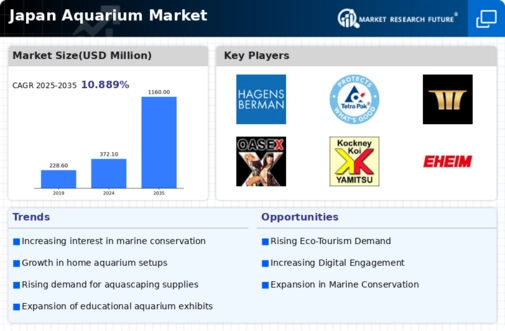
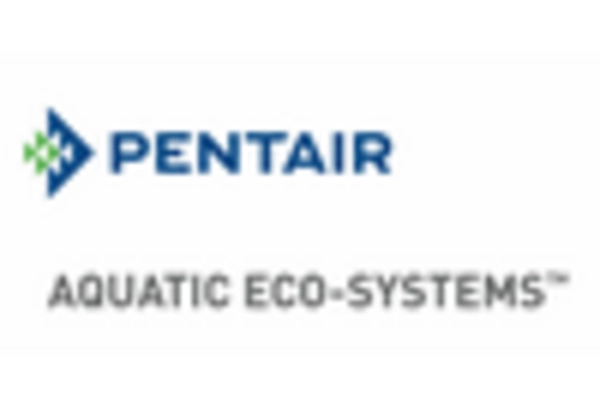
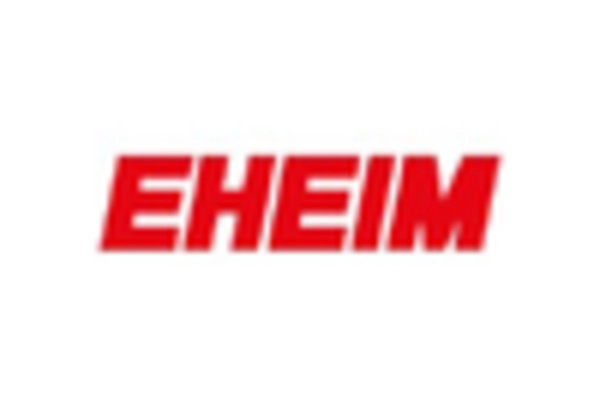
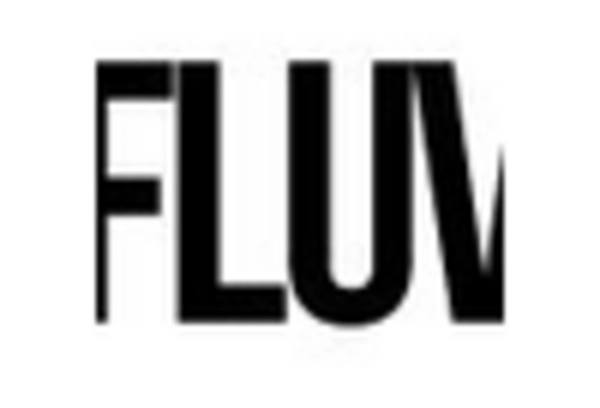
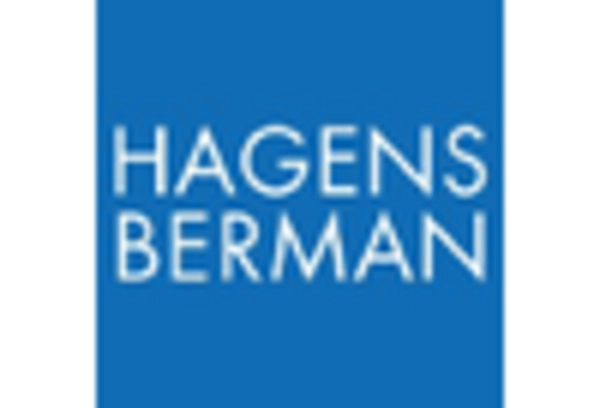
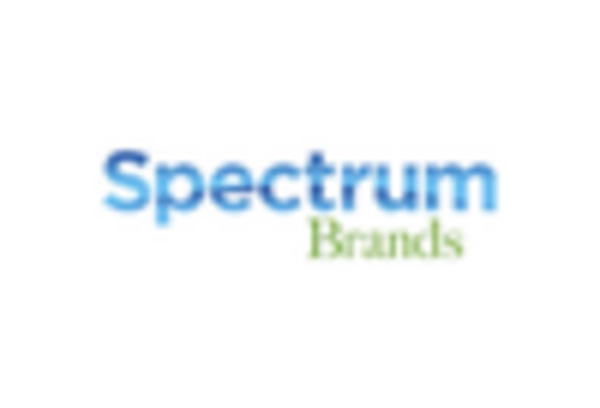
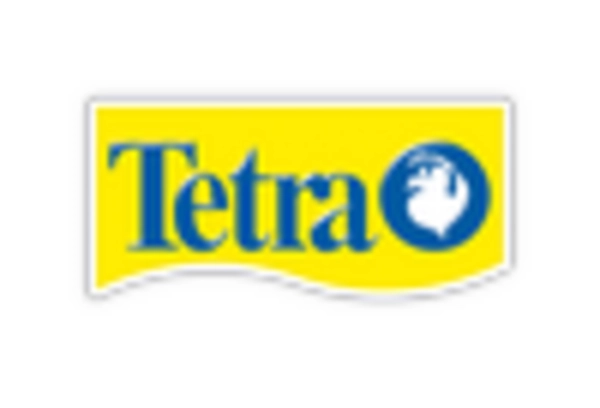








Leave a Comment